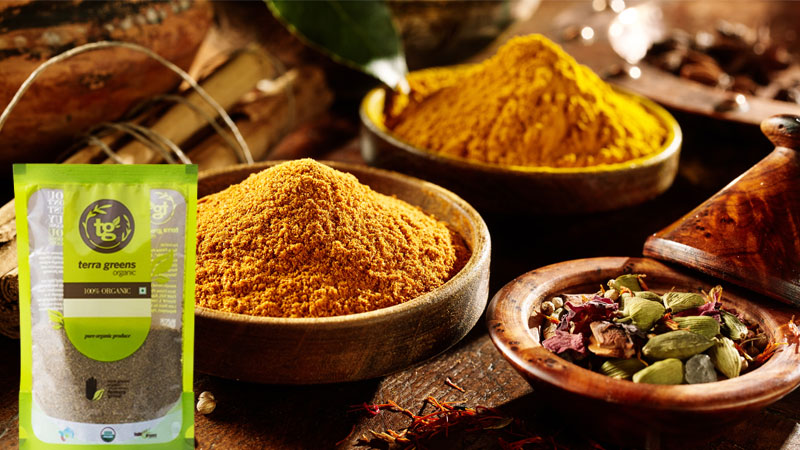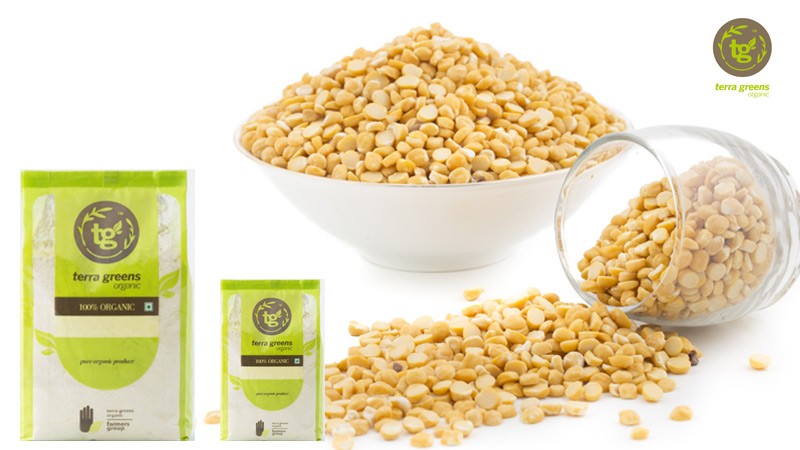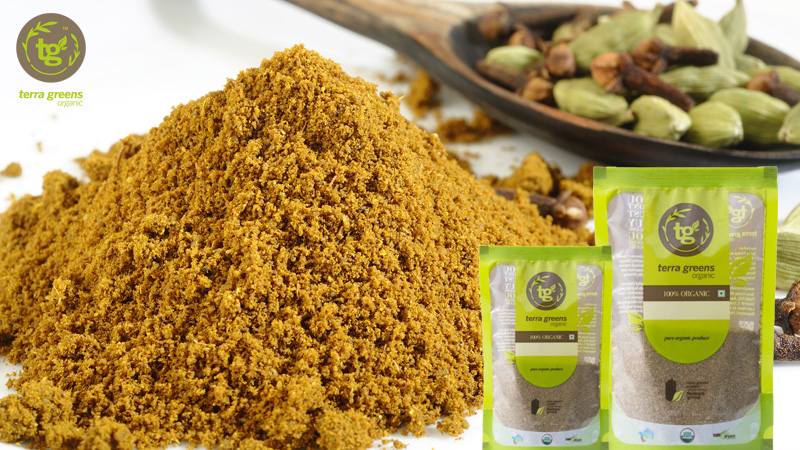Majority of the tasty dishes that we cook have a secret tasty masala which adds a distinct flavour to the dish, and usually, this secret masala is known as Garam Masala.
Indian cooking is never complete without adding Garam Masala in the recipe. So, what exactly is this masala?
It is a blend of spices. This popular Indian masala has various health benefits as well, apart from adding flavour to the dish. The various ingredients used to prepare this spice mix includes a blend of dry spices which like cardamom, cinnamon, fennel seeds, cumin seeds, coriander seeds, bay leaves, black pepper, cloves, red chilli peppers and nutmeg.
Most of these spices are healthy and help solve various problems.
Benefits of Garam Masala:
- Garam Masala is supposed to slow down the ageing process. It helps promote weight loss. It helps fight the disease and build immunity in the body.
- It acts as an effective pain killer. It increases the ability to absorb various vitamins, minerals, and proteins in the body. It is effective and relieves various digestive problems like gas, heartburn, and reduces bloating.
- It helps in detoxification and soothes an upset stomach. The blood sugar levels are also lowered by daily consumption in very minute quantities. Bad breath issues can also be controlled to a larger extent.
Certain ingredients of Garam Masala play a vital role in the maintenance of health.
Benefits of the ingredients are as follows:
- Cardamom: It is one of the most important ingredients. It possesses antibacterial, antifungal, and anti-carcinogenic properties. It helps to remove toxins from the body and promotes digestive health. It relieves heartburn, relieves gas, and soothes upset stomachs. It lowers blood pressure and increases blood circulation.
- Cinnamon: It is an anti-microbial and an anti-inflammatory agent. Hence, it helps the body to fight against various foreign particles and microbes. Cinnamon is high in calcium and fibre content. Thus, helps to combat digestive problems and even control blood sugar levels.
- Cumin: This is a popular ingredient known to stimulate digestion since ages. It helps to relieve indigestion. It is rich in iron and promotes oxygen circulation in the body and prevents conditions like anaemia. It helps to fight against cancer too.
- Coriander: An excellent agent to control blood sugar levels. It is also known for its ability to lower cholesterol. It stimulates digestion as well.
- Black Pepper: The bitter taste is provided by the black pepper in the Garam Masala. It helps to absorb various vitamins, minerals and proteins. It is rich in fibre content too.
High fibre means one feels full and thus lower calorie intake, thus promoting weight loss. It acts as a natural metabolism booster and aids in breaking down fat cells.
Black pepper is rich in vitamin K and manganese, responsible for breaking down of fats and carbohydrates. Additionally, it helps to fight against skin cancer and improves skin complexion.
- Cloves: Cloves are famous for their ability to relieve toothaches. The antioxidant content in cloves is high and thus helps to improve immunity.
Add this multipurpose masala in curries, soups and rice recipes and boost health through the food. Buy high-quality organic products and prepare mouth-watering spice blend or buy organic blended Garam Masala from Terra Greens.



